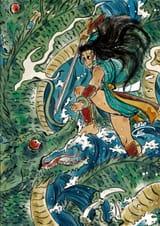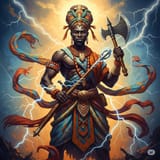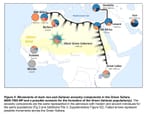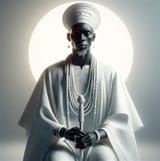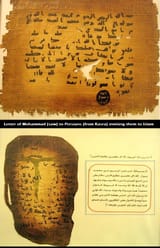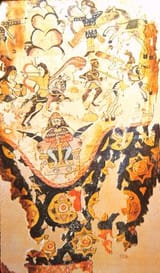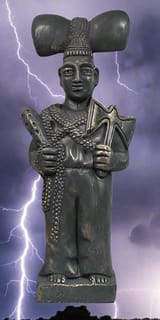Anonymous
6/11/2025, 10:49:43 PM No.17755643
Where does this motif come from? It's everywhere. From Scandanavia to Japan everyone believed their storm god fought a giant snake creature.
Norse
>Thor vs Jormungander
Greek
>Zeus vs Typhon
Hittite
>Tarhunna vs Illuyanka
Canaanite
>Ba'al vs Litan
Israelite
>Yahweh vs Leviathan
Egyptian
>Set and Ra vs Apep
Babylonian
>Marduk vs Tiamat
Indian
>Indra vs Vritra
Japanese
>Susanoo vs Yamata no Orochi
Norse
>Thor vs Jormungander
Greek
>Zeus vs Typhon
Hittite
>Tarhunna vs Illuyanka
Canaanite
>Ba'al vs Litan
Israelite
>Yahweh vs Leviathan
Egyptian
>Set and Ra vs Apep
Babylonian
>Marduk vs Tiamat
Indian
>Indra vs Vritra
Japanese
>Susanoo vs Yamata no Orochi
Replies:
